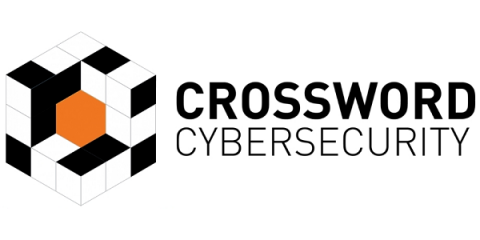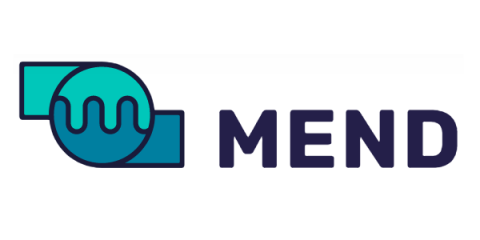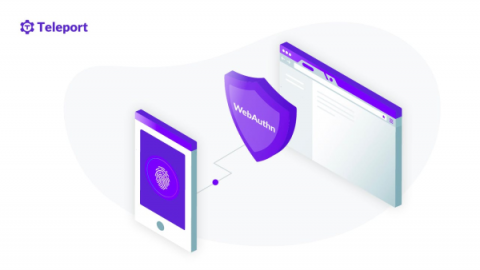Security | Threat Detection | Cyberattacks | DevSecOps | Compliance
Latest News
A Microsoft SharePoint Online feature could be the cause of the next ransomware attack
Microsoft SharePoint Online is one of the most widely used content management platforms. Unfortunately, Proofpoint recently discovered that threat actors can abuse a feature in SharePoint Online and OneDrive for Business to encrypt all of your files and hold them ransom.
5 Cybersecurity Trends Impacting Mid-Sized Organizations in 2022
Egnyte just released its Cybersecurity Trends for Mid-Sized Organizations report, a mid-year update to its annual Data Governance Trends Report. The study provides key insights into how mid-sized organizations manage cybersecurity amid rapidly increasing cyberthreats. The survey of IT executives underscores their concerns about cyber insurance premiums, content sprawl, incident response plans, and more.
Kubescape: A Kubernetes open-source platfrom providing a multi-cloud Kubernetes single pane of glass
Kubescape is a Kubernetes open-source platform providing a multi-cloud K8s single pane of glass, including risk analysis, security compliance, RBAC visualizer, and image vulnerabilities scanning.
China Suffers One of the Largest Data Breaches in History of Mankind
Read also: Google fixed a zero-day vulnerability in Chrome browser, Marriott fell a victim of cyber extortionists, and more.
Cybersecurity Sessions #9: Security and privacy
Many businesses argue that they need to collect information about customers to verify who they are and secure their accounts. However, this is at odds with online privacy advocates, who say organizations are compromising our security by collecting far too much information about us.
How can SOC analysts use the cyber kill chain?
Security Operation Centers (SOCs) offer a robust method of ensuring cybersecurity and safety within an organization. Their demand has continued to grow, specifically with a significant rise in cyber-attacks amidst a looming cybersecurity skills gap. However, despite a typical SOC analyst's immense training and knowledge, mitigating the increase in cyber-attacks is no easy job.
A Brief Guide to Cloud-Native Applications, Technology, and Security
What are cloud-native applications? According to the Cloud Native Computing Foundation (CNCF), the term “cloud native” describes systems that are specifically designed to help build and run scalable applications in all cloud environments, including public, private, and hybrid clouds. Cloud-native applications use the attributes of cloud architecture in ways that legacy systems can’t. They don’t need any onsite computing infrastructure and can scale quickly to meet demand.
WebAuthn Explained
The WebAuthentication API, or WebAuthn, facilitates secure authentication based on public-key credentials. The idea of passwordless and public-key authentication is not new, but the compatibility and interoperability of various elements in the authentication process were always weak. WebAuthn API aims to solve that problem by bringing the uniform authentication API into web browsers.
OWASP Top Ten: Cryptographic Failures
Cryptographic Failures are a major security problem. They can lead to data breaches, identity theft, and other serious problems. The Open Web Application Security Project (OWASP) has identified ten major failures. These failures can be divided into three categories: Cryptographic design flaws, cryptographic implementation errors and cryptographic key management.











